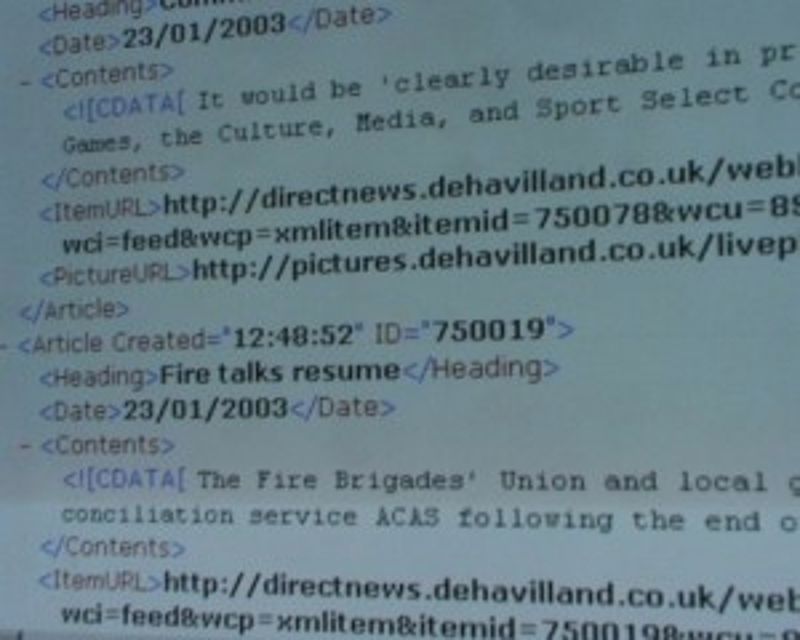
IoT taking marketing and advertising by storm
By Perle SystemsMarch 8, 2023
Marketing has long been considered a very strategic industry, driven by data-based insights, research, logic and statistical analysis. By contrast, advertising is typically seen as a more creative field that relies on writers, designers/artists, filmmakers and the like. Despite their differences, both rely heavily on advances in technology.
For example, platforms like Google Analytics have transformed how marketers can approach calculating their campaigns' return on investment. Technologies ranging from the now humble radio and television to smart devices and social media have revolutionized the kind of advertising content creatives produce. Now, a new technological element has been added to the mix: the internet of things (IoT).
So, how will IoT change the marketing and advertising landscapes? Let's have a look.
Artificial Creativity
Artificial intelligence (AI) and IoT, although seemingly disparate, are intimately connected. AI and machine learning (ML) require information, and one of IoT's primary roles is to gather data from the world around us. Conversely, as Info World explains, AI and ML can feed IoT devices info that improves how they collect intelligence by learning from past experiences.
With the basics covered, let's look at a primary example of creative AI: the (controversial) writing bot, Chat GPT. This software has used data and content collected by IoT devices to learn how to write. From code to academic essays, Chat GPT can do a lot of writers' and programmers' work for them. This will be significant in content marketing that relies heavily on web copy, e-books, white papers and blog articles.
AI that can generate images based on prompts will have a considerable impact on how artists in advertising, specifically graphic design. AI systems can write music, too — how will this affect musicians who compose music for television and radio commercials? Will this artificial intelligence replace creatives? Only time will tell.

5G
As social media and digital marketing become increasingly ubiquitous, devices that people use to consume marketing content (often inadvertently) will grow ever more important. Perhaps more crucial to note is that marketers will require these technologies (think smartphones and tablets) to be connected to the internet.
Connectivity issues and a lack of internet access present a massive challenge to marketers, especially in remote or less developed areas. Luckily, IoT in conjunction with fifth-generation broadband (5G) is poised to solve this problem. Per Modern Diplomacy, 5G has already connected products to the internet that we usually wouldn't think of as smart, such as cars. Using satellites in space is set to improve connectivity by facilitating wider 5G coverage, which will be instrumental in linking previously disconnected people to the internet.
Data
Earlier, we hinted that marketing requires numbers to determine ROI. And, as we mentioned, IoT devices are well-positioned to collect that information. According to First Post, this data can also be used to inform strategy. For instance, think of someone using a smartphone to Google nearby restaurants. Or, Business owners using Google Ads can set up targeting that shows their adverts to individuals based on their location. SEO articles will also pop up on their search results based on the keywords they used. And so, IoT will alter the digital marketing world in this way — forever.
Perle is pioneering communications performance
We supply businesses with an extensive array of IoT products that help businesses perform their core businesses more efficiently. Take a look at how they can be applied in broadcasting and publishing.



